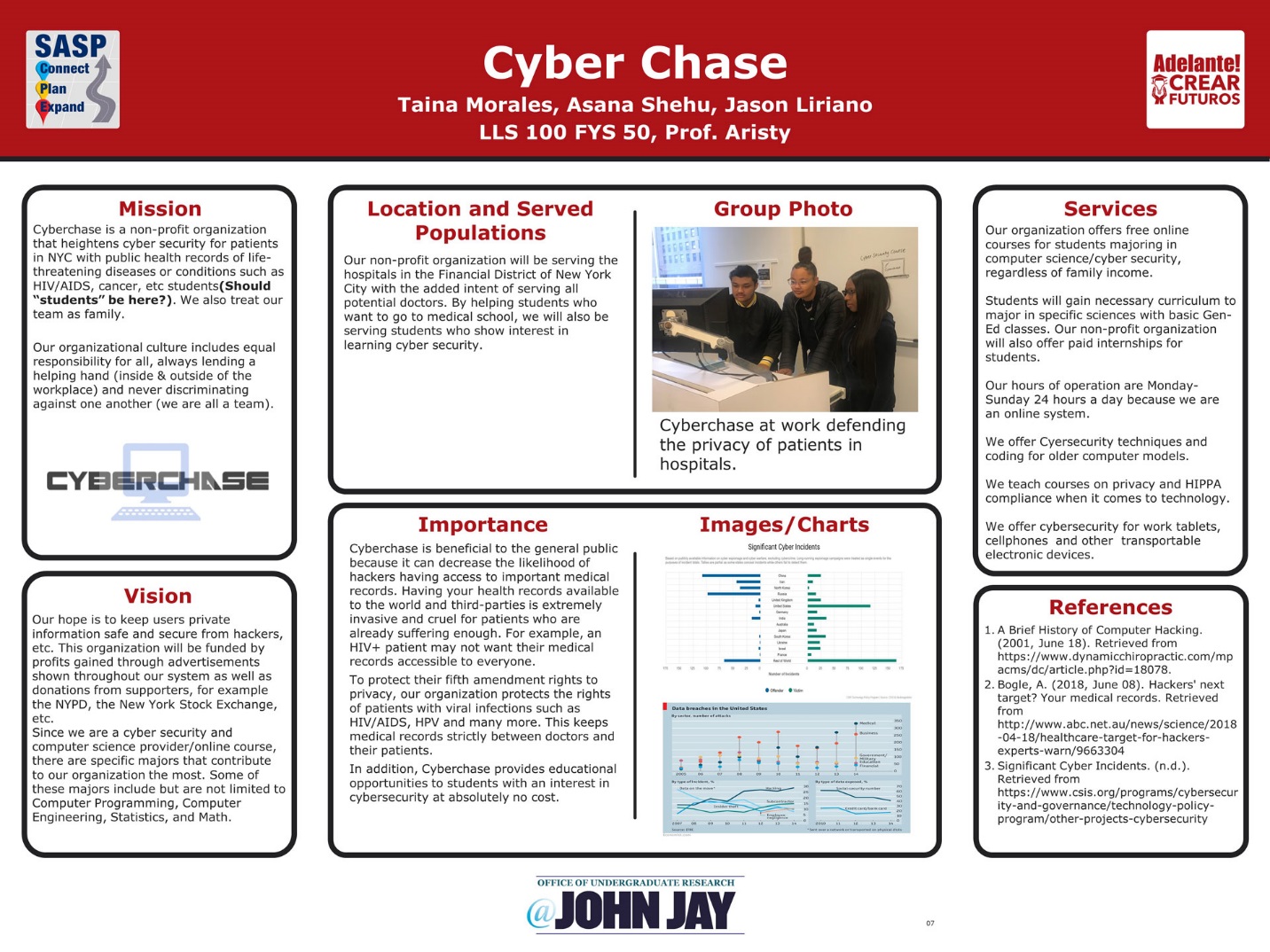1. Use of an IMRD format, with abstract, introduction, research method, subjects, procedure, results, and conclusion as subheadings at the beginning of each part.
Function: To allow the audience to understand the content of the poster in accordance to the structure of a research paper.
2. Avoid complex and lengthy sentence (Swales & Feak, 2000)
Function: Short sentences can ensure that the poster can be easily comprehended by the audience in a short period of time.
3. Use of chunked texts, point-forms and text boxes
Function: To promote the readability of posters and avoid redundancy.
Example:

4. Use of fonts in different styles, including type, colour and size (Kress & van Leeuwen, 2006)
Function: To highlight the relationships between different items./To direct the audience’s attention to particular items.
Examples:


5. Use of graphs, maps, taxonomies, charts, networks and tables
Function: To present the theories, data and/or analysis in a simplified way and increase the apparent professionalism (Dimopoulos et al., 2003)
Example:

6. Use of large and colorful images (Wittich & Schuller, 1973)
Function: To provide a strong visual stimulation/To make the poster more outstanding from the others.
Example:

7. Use of vertical columns
Function: To guide the audience to read the poster in a designated order
Example:

8. Use of frame lines (e.g. lines, bars, shapes)
Function 1: To elevate the readability of a poster
Function 2: To group similar items in the same sections and highlight their consistency and unity regarding the same topics.
Examples:


9. Use of frame markers such as numbers/letters before subheadings
Function: To illustrate the order of the texts, highlight the purpose of research, label different phrases and open a new topic (Hyland, 2005)
Example:

10. Displaying the content in left-right, triptych, quadriptych, top-down arrangement
Function: To match with the traditional way of reading English texts from left to right and top to bottom and help the audience to read in an order which helps the audience to clearly see the logical connections among sections./To show different importance of information. Middle information is usually more important than peripheral ones.
Example:

11. Use of vectors
Function: To guide the audience to read the poster according to a particular order.
Example

12. Use of consistent colors and shapes
Function: To emphasize the coherence of the poster
Example:
